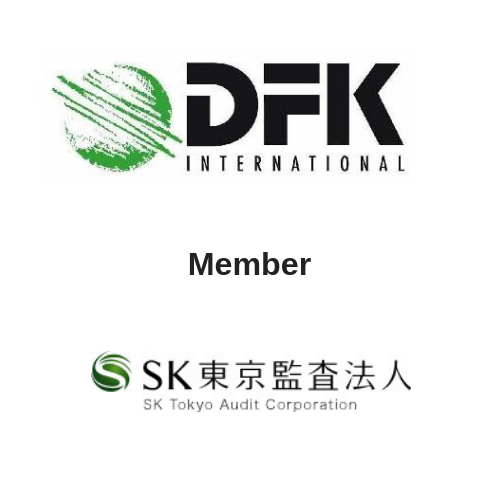
On July 5, 2018, the Business Accounting Council of the Financial Services Agency of Japan (‘FSA’) published the “Opinion on the Revision of the Auditing Standards” that contains the introduction of ‘Key Audit Matters (KAM)’ communication.
KAM is the matter that is of most significance in the audit of the financial statements for a certain period, based on the auditor’s professional judgement. The auditor should include the description of each KAM, along with the explanation about its nature, on their auditor’s report. The practice is already in place in various countries, mainly due to the recent revision and introduction of the International Standard on Auditing (‘ISA’) No.700 and 701, and the practice in Japan will be very close to those of the ISAs.
Mandatory application is from the audits for the year ending on March 31, 2021, and early application from the audits for the year ending on March 31, 2020, is also admitted. The Japanese Institute of Certified Public Accountants (‘JICPA’), a professional body of Certified Public Accountants in Japan, encourages its members for early application, especially the audits of the companies listed on tier 1 of Tokyo Stock Exchange, aiming to accumulate the practice.
The Japanese Institute of Certified Public Accountants (‘JICPA’) already conducted ‘Trial Run of KAM Communication’during the year 2017, with the cooperation of 7 audit firms (including the BIG 4 firms) and 26 companies. This trial run was intended to identify practical issues related to the adoption of communicating KAM. Based on the replies from both audit firms and companies, KAM communication is expected to achieve benefits such as:
On the other hand, the following issues were addressed in achieving the intended purpose:

DFK International is a major international association of independent accounting firms.
As a professional group of experienced accountants, SK Tokyo Audit Corporation specialise in providing high quality supporting services on planning, implementation, operation and maintenance of corporate accounting and financial strategies.
To contact SK Tokyo Audit Corporation, tel: +81 3 6262 7500 or by email: info@sktokyo.or.jp.
As an association that has been exceeding the expectations of clients for more than 50 years, SK Tokyo Audit Corporation are proud to be DFK members.

‘Business Culture Essentials’ online course
In-depth courses on key international destinations
Video masterclasses
Comprehensive guides on doing business in 40+ countries
Country fact files for 40+ destinations
Expert blogs and articles
© Keith Warburton 2025, All rights reserved
World Business Culture, West Down, Chalk Hill, Soberton, Hampshire SO32 3PH